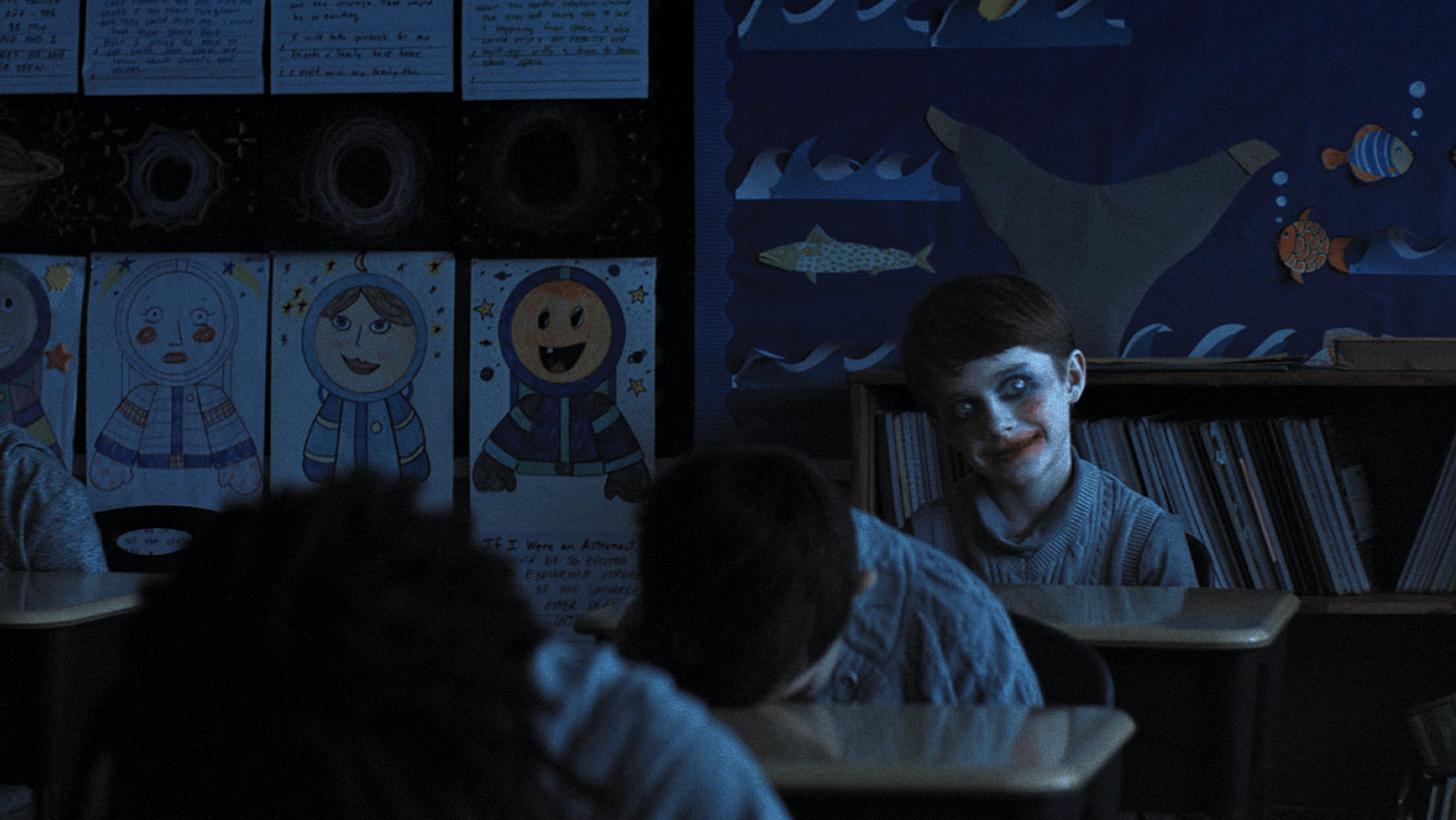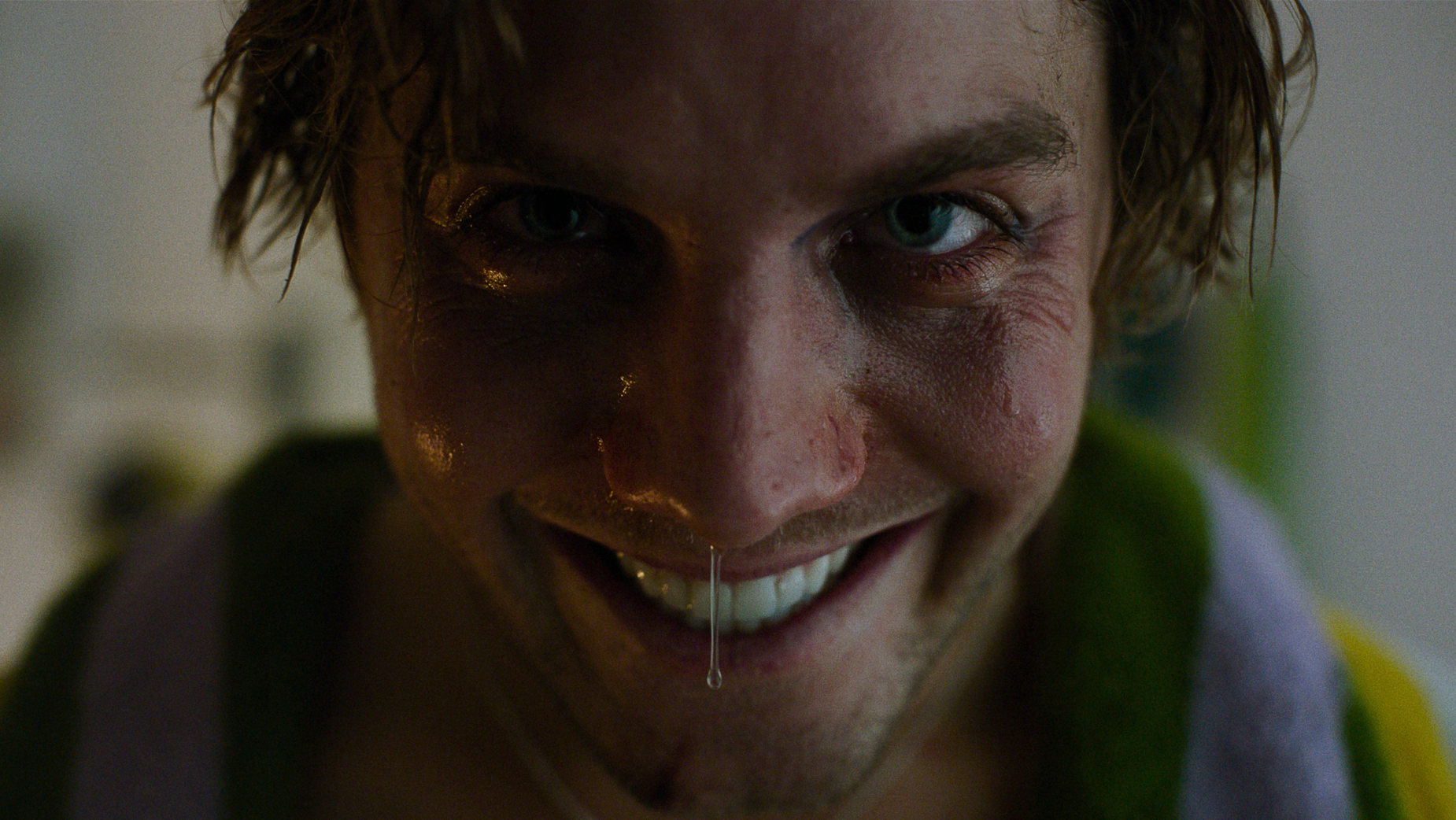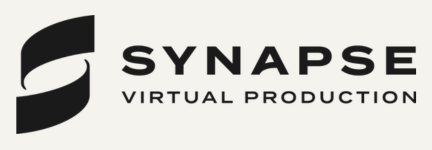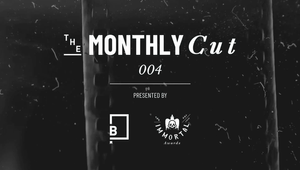
The Secret Sauce Behind 2025’s Scariest Horror Films

Warning: This article contains spoilers
Horror is (figuratively and literally) killing it right now, dominating the box office and streaming services around the world. While it may not have always been taken seriously as a genre, over the last few years, studios like NEON and A24, alongside directors like Ari Aster, Robert Eggers and Jordan Peele, have been pushing the genre to its limits. Horror movies used to scare and shock us, but now they are making us think and feel too. And audiences can’t get enough.
The collective appetite for scary movies became impossible to ignore last year after ‘Longlegs’, ‘The Monkey’, and ‘Nosferatu’ hit the big time. Then, Coralie Fargeat’s body horror, ‘The Substance’, scooped up five Oscars, really ramping things up a notch. Now, nine months in, 2025 is proving to be a record-setting year for the genre, with movies like ‘Sinners’, ‘28 Years Later’, and the latest instalment of the ‘Final Destination’ franchise achieving major commercial success. And as Zach Cregger’s ‘Weapons’ crosses the $200-million mark globally, horror has officially established itself as a top earner for studios.
Of course, as a genre, horror beckons audiences to the cinema, and always has done. Let’s face it, there’s nothing quite like being at a sold out screening, scared to death alongside a roomful of complete strangers (some call it cinema, I call it collective trauma bonding). But, there has been a notable shift in audience appetite as of late: from popcorn jumpscares to hyper-immersive, visually arresting experiences.
One of the leading reasons behind the genre’s ability to entice and engage a wider demographic is the advancements of VFX capabilities. Today, the teams bringing these filmmakers’ gnarly visions to life have every tool imaginable at their disposal. And, with VFX now so seamless and convincing, audiences don’t question what they’re seeing – they trust it completely. That trust has become horror’s secret weapon, making every gruesome moment hit harder than ever before.
Subtle VFX Walked So Spectacle Could Run
Visual effects in horror movies aren't always a major spectacle. In fact, it’s often the most seamlessly ‘invisible’ moments which do the heavy lifting for the scare factor, contributing to the atmosphere the filmmaker is trying to establish. When I speak to Edward J Douglas, VFX supervisor working with NEON and A24, we discuss how, in tandem with cinematography, production design, editing, sound design, and music – these subtle ‘invisible’ effects – contribute to the overall tapestry of the film.
“Every moment in a film has its place in the rhythm and flow of the audience's experience,” he says. “A big showy moment can be just as important as many subtle beats in creating an overall atmosphere. The use of more 'invisible' effects creates a mood that perhaps you couldn't put your finger on or point to any one visual effect as a single culprit, but without any one of these pieces, the film wouldn't have the same impact.”
He uses his work on ‘Longlegs’ as an example of how subtle techniques can bolster the filmmaker’s overarching vision for the story. “In ‘Longlegs’, the demons in the shadows lingering over Lee Harker's shoulders were a fun visual to seed through the film, letting audiences feel their presence on a first viewing, and encouraging repeat watching to catch them all,” Edward says.
“We also implemented another effective yet very subtle technique which supported Osgood Perkins' penchant for symmetrical framing, where we consciously placed the camera opposed to windows and mirrors, knowing we could paint out camera reflections, subtly creating 'impossible' and uncanny camera angles, as if from the ghostly point of view of the demon itself. An effect like this is never meant to be noticed, but creates an indelible discomfort throughout the tapestry of the film.”
Not being overtly ‘showy’ or noticeable is a crucial part of the overall believability factor of these effects. And despite living in the Information Age, audiences today still cannot decipher what is unfolding on screen – whether it is visual or practical effects.
This has certainly been the case for first-time viewers of ‘Weapons’. By balancing practical effects with digital enhancements, teams from Ingenuity Studios and Autonomous F/X worked together to find the sweet spot of realistic but ultimately gratuitous gore.

While there are several gruesome sequences in the movie, a great example of this collaborative work is evident in the kitchen scene with Benedict Wong. “All of that smashing performance (pun intended), was practical, done with several prosthetics in varying degrees of distress,” reveals Gabriel Regentin, VFX supervisor at Ingenuity Studios. “We were prepared in post to add more blood or enhance the prosthetics, but Zach [Cregger, director] was very careful not to overdo or overwork something. He knew what amount of gore was appropriate for the moment, and that more is not always better.”
As anyone who has seen the movie will tell you, this is one of the most violent and bloody moments. And although it comes at a point when an overtly supernatural storyline is unfolding, the grisly horror feels real because the effects ground it.
“There’s been a shift toward ‘less is more’, and VFX today is used more intelligently, serving the story rather than being the story,” says Mathieu Dupuis of Rodeo FX, crediting filmmakers like Zach Cregger for demonstrating his reported artistic restraint. “Writers and directors have developed a sharper understanding of what’s possible with digital tools, and they’re working more closely with VFX supervisors early on. That collaboration allows us to design sequences that feel seamless, terrifying, and organic.”
Like his fellow VFX supervisors, Mathieu is also excited about the growing collaboration between visual effects and practical effects. Having worked on visuals for franchise sequel ‘Smile 2’, Netflix series ‘Wednesday’, and upcoming ‘The Conjuring: Last Rites’, he is well-versed on the illusions VFX teams are now capable of. “Over the past decade, the realism of VFX has advanced dramatically, especially in character FX. Simulations of flesh, muscle, fur, and skin deformation feel far more ‘natural’ than they did even a few years ago. That makes creatures, monsters, and even distorted human forms much more convincing on screen.

“Not too long ago, these two worlds were treated as competing solutions. Now, filmmakers are embracing the strengths of both, using practical effects as a foundation, then enhancing or extending them digitally. This hybrid approach produces much stronger, more believable horror.”
Citing the infinite supernatural birth in ‘Men’, the classroom scene in ‘Hereditary’, Pennywise twisting out of the cabinet in ‘It’, or the surreal final shot with the seagulls in ‘The Lighthouse’, Mathieu asserts that the success of these sequences are a result of the the symbiotic collaboration between committed craftspeople. “All of these moments worked because they were well written, well acted, well staged, and the VFX was carefully integrated to elevate what was already strong. That’s when horror hits hardest.”
Why Gore Feels Scarier Now Than Ever Before
The psychology behind the eerie realism of these scenes making even supernatural or surreal stories feel plausible should be looked at from the viewpoint of the audience.
On the one hand, film lovers – in particular, horror fans – have arguably never been more desensitised. Decades of slasher classics, gore-heavy franchises, true-crime obsession, and the internet’s endless supply of shocking imagery have conditioned viewers to expect more extreme thrills. This, in theory, should make it harder for VFX teams to truly unsettle them.
Yet, paradoxically, audiences are also hyper-aware. Thanks to prestige TV and blockbuster cinema, visual standards are sky-high. So, when blood looks fake, wounds look rubbery, or physics don’t align, audiences can clock out. The believability bar has risen dramatically.
This combination of an audience hungry for scares but quicker than ever to detect inauthenticity means today’s VFX teams have their work cut out for them. The visuals not only have to be more inventive, but also more convincing, threading the needle between spectacle and subtlety. When it’s done well, the result lands harder; audiences don’t just see the carnage, they feel it.
Pushing the envelope of what’s possible, Ingenuity Studios worked very closely with the director of ‘Weapons’ to guarantee its work elevated the story by suitably unsettling audiences. “When Zach first approached us about the movie, he was laser focused on how we could help him with an ‘adrenalised eyes’ approach,” Gabriel says, referencing one of the stand-out images of the movie.
“His main concern was, ‘if we were in a tight close-up, focused on the actor’s eyes and face, would a CG eye approach really hold up in a theatre?’. It was a completely valid question, as so much of an actor’s performance comes through their eyes and, on a 60-foot screen, there’s really nowhere to hide. To account for this, on set, we used a technique I used on ‘The Watchers’ to capture the actor’s performance in as much detail and nuance as possible."
“Incorporating up to three witness cameras (Blackmagic 4K) around the set, we were able to ‘see’ the performance from several angles. This is invaluable for accurately tracking head and body position in 3D space and, for ‘Weapons’ specifically, we wanted to go even further in capturing every eye, cheek and mouth twitch – even forehead wrinkles. All the different parts of the face affect how the eye, eyelid and surrounding area move. These were necessary to capture and protect the actor’s performance as well as drive our CG animation.”
Gabriel tells me that the clearest example of the ‘adrenalised eyes’ comes toward the end of the movie when Paul, played by Alden Ehrenreich, is furiously fixated on his victim. “His eyes are fully adrenalised and CG,” says the VFX supervisor. “We did not want to give away the gag or pull people out of the moment, as the camera was right in his face, and Alden delivered an incredible performance. The team worked very hard to make that scene unquestionably real and preserve that incredibly intense performance.”
This account of the high level detail that goes into pulling off a visual aspect that needs to be both believable and terrifying, illustrates how invaluable VFX has become. For filmmakers in pursuit of manipulating perception to heighten fear, synergistic collaboration with these teams is their most powerful asset.
As pointed out by Mathieu earlier, the best possible outcome for a convincing and compelling gore sequence is the rhythmic relay of visionary on-set capabilities passing the baton to a skilled post-production team with full command of cutting-edge creative tools.
Edward sums it up perfectly. “For me, horror films have always been about a reflection of our darkest internal fears and, as such, it's always been incredibly important to keep any visuals very grounded in photographic reality. The more the visuals drift into the computer-generated and fantastical, the more I feel audiences will react to the moments of horror as spectacle and may be likely to disconnect, rather than react at a deep emotional level.”
It stands to reason, then, that tapping into this deep emotional level is what has seen recent horror films achieve more widespread commercial success. Subverting the traditional ‘horror’ tropes, VFX artists are capable of scaring audiences in all-new ways.
Equipped with more creative firepower than ever, the hyper-realistic effects deployed in films like ‘Weapons’ give audiences full faith in what they see, letting horror hit deeper, linger longer, and terrify more effectively than ever. In other words, the genre’s deadliest weapon isn’t the gore itself, but the audience’s belief in it.
More features from LBB's April Summers here
Read more LBB Editorial features here















